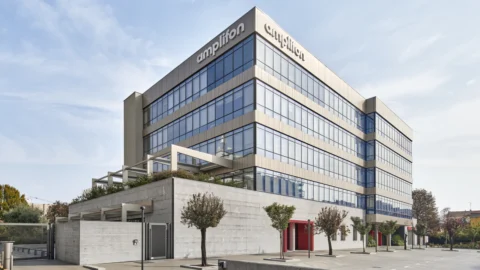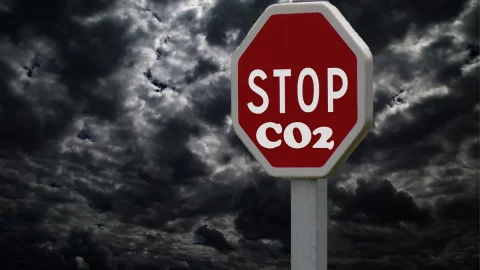The OSWI Water Observatory analyzed the economic and financial results of the 55 largest water utilities. The study highlights an improving situation: aggregate revenues are growing (from 2012 to 2016, +27,2%) as are margins; the aggregate NFP of Monoutilities decreased significantly in the period 2012-2016 (-27,2% in the period). Aggregate investments have been growing steadily since 2012: +7,8% on an annual basis. Here are the salient points of the research presented in Milan during the Workshop promoted by Agici Corporate Finance.
- In a context of good economic performance, the 55 companies used part of the resources to respond to the challenges of climate change: almost all carried out interventions to reduce losses, divide districts and remote control; 30 make use of renewable energies, 24 have carried out energy efficiency measures, 26 reuse the sludge and 23 the biogas produced in the purification processes.
- For the future, the crucial challenge is to fully integrate climate change into infrastructure planning and the programming of operational activities and to establish increasingly close forms of cooperation between utilities, the agricultural sector, industry, government, ARERA and citizens, with a view to National Water Strategy.
- The forecasts of the Euro-Mediterranean Center for Climate Change (CMCC) present increases in temperatures of between 3°C and 6°C for the Mediterranean basin by the end of the XNUMXst century compared to the same period of the previous century.
- In 2016, the cumulative annual rainfall in Italy was overall lower than the climatological average by around 6% (around -1% in the North, -8% in the Center and around -11% in the South and on the Islands). In the first half of 2017, 50% of rainfall fell short of the average, corresponding to 20 billion cubic metres. In the North, even 72% less was reached.
During the workshop, Garanzia Casa presented the results of the Home Services Observatory created in 2017 (first edition) and deepened with a second edition in 2018, which consists of an empirical analysis conducted with interviews on the awareness and behavior of Italians in terms of water service integrated.
The study, which in 2017 had the objective of monitoring and photographing the habits and needs of Italian families in terms of maintenance and management of domestic gas, electricity and water systems, was enriched in 2018 with an exploration of the final consumer to understand what are the fears of Italians today with respect to events that can happen at home or away from home, analyzing what are considered the real worries inside their own home rather than "annoyances". He also studied the panorama of gas, electric and hydraulic systems with a particular focus on the water issue to understand how it fits into this panorama, with respect to changes in both the climatic and environmental context and the offer of utilities.
Read the full press release.





